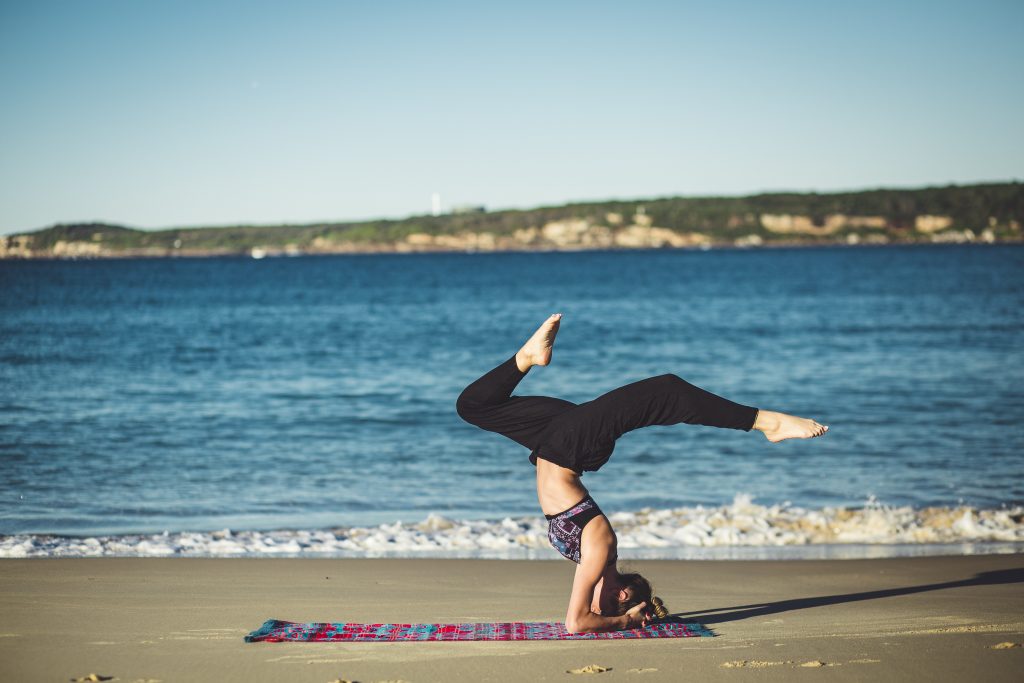
Image via Unsplash
Just imagine the sun rays hitting on the skin and a beautiful sun kissed tan, this sometimes makes the skin glow with radiance but other times can cause dehydration. It’s always fun to go out to the beach, or get a workout outdoor, or even run an errand under the clear blue sky. Only if, only if you don’t forget to slather on a layer of sunscreen.
Let’s understand UVA & UVB and its properties. UVA has a longer wave of light that penetrates deep into the dermis leading to premature skin aging, dehydration and wrinkles (photoaging). Whereas, UVB has a shorter wave of light, penetrating the superficial layer of the skin and may be responsible for sunburn, skin cancer (melanomas) and damage over time. There are typically 500 times more UVA rays in sunlight than UVB rays. UV indexes varies from time of day, geographical altitudes and latitudes, ozone condition, and cloud conditions.
Myth 1 – People with dark skin do not need to apply a sunscreen
Fact – A higher melanin is said to reflect and diffuse UVB rays, thus better at protecting from sunburn to a certain extent. However, UVA is not blocked the same way, which may cause premature skin aging and photodamage. People with darker skin will still need to apply a full spectrum sunscreen to prevent skin cancer.
Myth 2 – People cannot get tan while wearing sunscreen
Fact – Sunscreen only helps to prevent against the UVA & UVB rays. It is still possible to get a tan even with sunscreen on.
Myth 3 – Sunscreen is not necessary on cloudy days
Fact – Many people believe that they only need to apply sunscreen when they are out in exposure to bright sunlight and for long hours. The truth is, anytime that the body is exposed to the sun, even if it is an overcast day, it is exposed to its UV rays.

Image via Unsplash
Myth 4 – All sunscreens are the same
Fact – No, it’s not! Do not just pick up any bottle on the shelf, just because it claims to have the highest SPF (sun protection factor) number. Be weary of the added chemicals and avoid ingredients such as Oxybenzone or Retinol, which can cause an allergy or skin lesions. Instead, choose a ‘broad spectrum’, minimum of SPF 30, with natural ingredients or products with zinc oxide to stay safe and protected. To keep in mind, SPF 15 protects against 93% of UVB rays, while SPF 30 protects against 97% respectively.
Myth 5 – Waterproof sunscreen will provide “all day protection” and do not need to be reapplied.
Fact – Frequent application is required even if labelled as waterproof as it will only stay effective for up to 40 -80 mins. Sunscreen should also be reapplied immediately after swimming or sweating buckets.
Myth 6 – Sunscreen will cause Vitamin D insufficiency or deficiency
Fact – It is said that the downsides of traditional SPF blocks the body’s ability to absorb Vit D, but it’s never a good idea to expose unprotected skin for long hours under the sun. The risk of skin cancer outweighs the risks of Vit D deficiency. In climate like ours, where the sun is constantly shining, we spend a lot more time under the outdoors than we realized. If you’re concern about how much Vit D you’re getting, experts say to add it through dietary intake such as nuts, seeds, eggs, fish, butter or supplementation.







